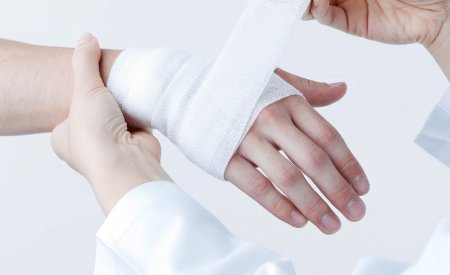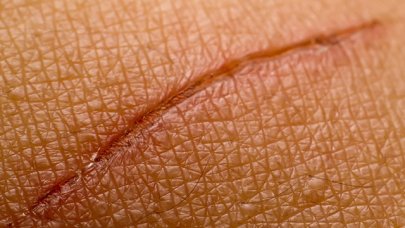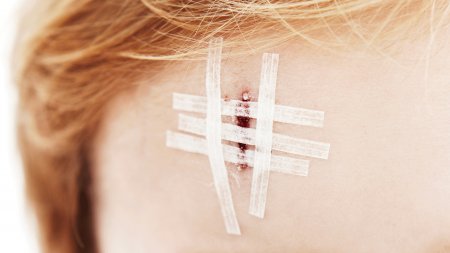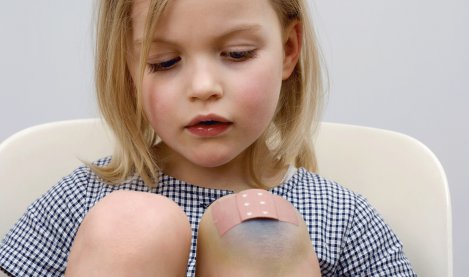A dermatologist is the best resource for identifying skin disorders, finding the cause of your skin issues, and developing an adapted treatment. Please consult your dermatologist, doctor or pharmacist so that they may best advise you on your personal skin regimen.
EVERYDAY
Protect the damaged area according to your doctor’s instructions. If it is a minor lesion for which you did not visit a doctor, you should start by disinfecting the wound, then choose a treatment product suited to the type of lesion. Talk with your pharmacist if you have any questions.
If the damaged area will be exposed to daylight, you should protect it from UV rays using a photoprotection product until the skin is completely repaired to avoid hyperpigmentation that could leave a permanent mark.
CLEANSING
It is important to cleanse the damaged area well. We recommend consulting a health care professional on how to properly cleanse the area.
SKIN CARE
The three major types of lesions outlined above need different cares that can create an environment that promotes skin restoration and addresses their specific needs. Choose restorative cares that contain soothing ingredients to reduce the discomfort and itching sensations. All of these products are designed for use on minor lesions or after you have completed the treatment prescribed by your doctor.









